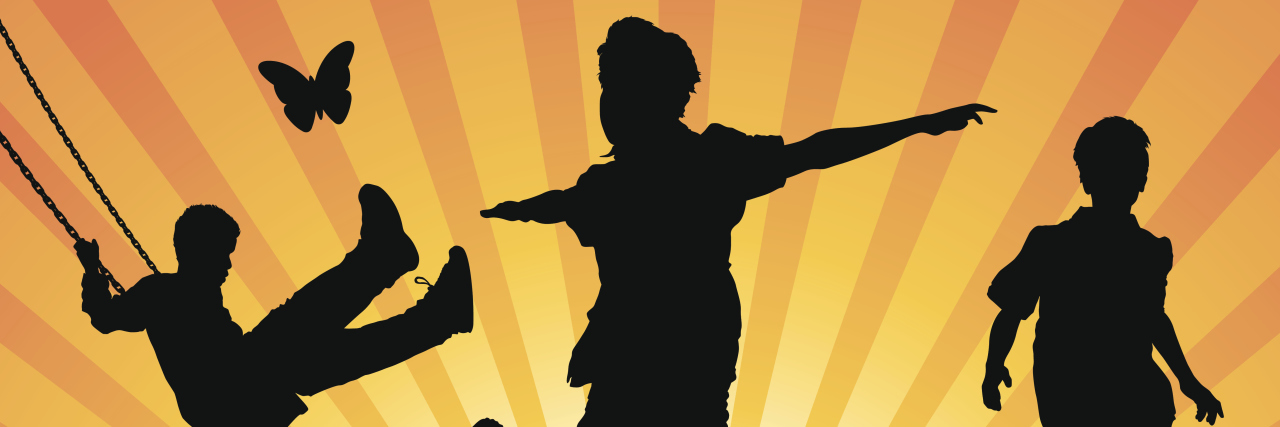“Can you imagine how your life would be if you couldn’t say what you wanted?”
This is one of the questions raised in the new film “The Reason I Jump,” based on the 2007 best-selling book written by a nonspeaking autistic 13-year-old boy, Naoki Higashida. The book was translated into English in 2013 by author David Mitchell.
While the majority of films on autism are dominated by non-disabled actors playing autistic characters, this 82-minute documentary looks at the lives of five autistic people’s families from four different continents. Through the film, you hear many passages from the book that are beautifully narrated with spectacular imagery.
Here are some of the highs and lows I got from the film. Spoilers ahead!
It was reminiscent of my own personal journey on the spectrum. As someone who’s autistic and was nonverbal till 2.5 and dealt with limited communication for a few years after (I didn’t start speaking in complete sentences until I was 7), I resonated with many of their challenges. The three challenges brought up most were sensory issues, meltdowns and the communication barrier.
It wasn’t always an easy watch/listen. I may be in the minority here, but there was often a jump in sound, from a loud fan, a scribbling down on paper on the high end to whispers of sounds on the low end. As someone with sensory challenges when it comes to sound, this made it hard to engage with the film at times. The sound designer here is clearly trying to help the audience understand the world of autism on screen, but I often was playing with the volume button in between scenes.
Its authenticity should be applauded. Some of the meltdowns depict self-harm; one scene in particular where a girl is hitting herself in the head may be difficult viewing for those who don’t have a personal connection to these challenges. I appreciated the overall authenticity of the family’s stories. Nothing felt staged here.
“My child has the type of autism that no one talks about.” If only I had a dollar for every time I’ve heard this from a parent who wishes their child’s stories were represented more in media. When I worked on the HBO series “Mrs. Fletcher” as an autistic entertainment consultant, I was pleasantly surprised by the focus on a nonverbal autistic character. In this documentary, you get to see a side of autism that is rarely portrayed in today’s media.
An emphasis on autism around the globe. I appreciate the documentary “The United States of Autism” because it had limited geographical restrictions in filming. But from an international perspective, I appreciated this documentary and hope it will be a vehicle for larger conversations around diagnosis and services across the globe. There are some areas that are only starting to begin to understand autism. For example, on the extreme end, when I visited Egypt to give a keynote presentation, I was told by the conference coordinator that, in previous years, there were some individuals who did exorcisms to try to “cure” an autistic person. With over 70 million people worldwide who are autistic and counting, I’m rooting for this documentary to have a positive impact.
Overall, I’d recommend “The Reason I Jump” with my only reservation being that it may be taxing for some autistic people from a sensory perspective. I hope it breaks down some misconceptions around autism in our society while also reminding people that, like it’s said in the film’s description, “Not being able to speak does not mean there is nothing to say.”
Getty image by JorgenMas.

